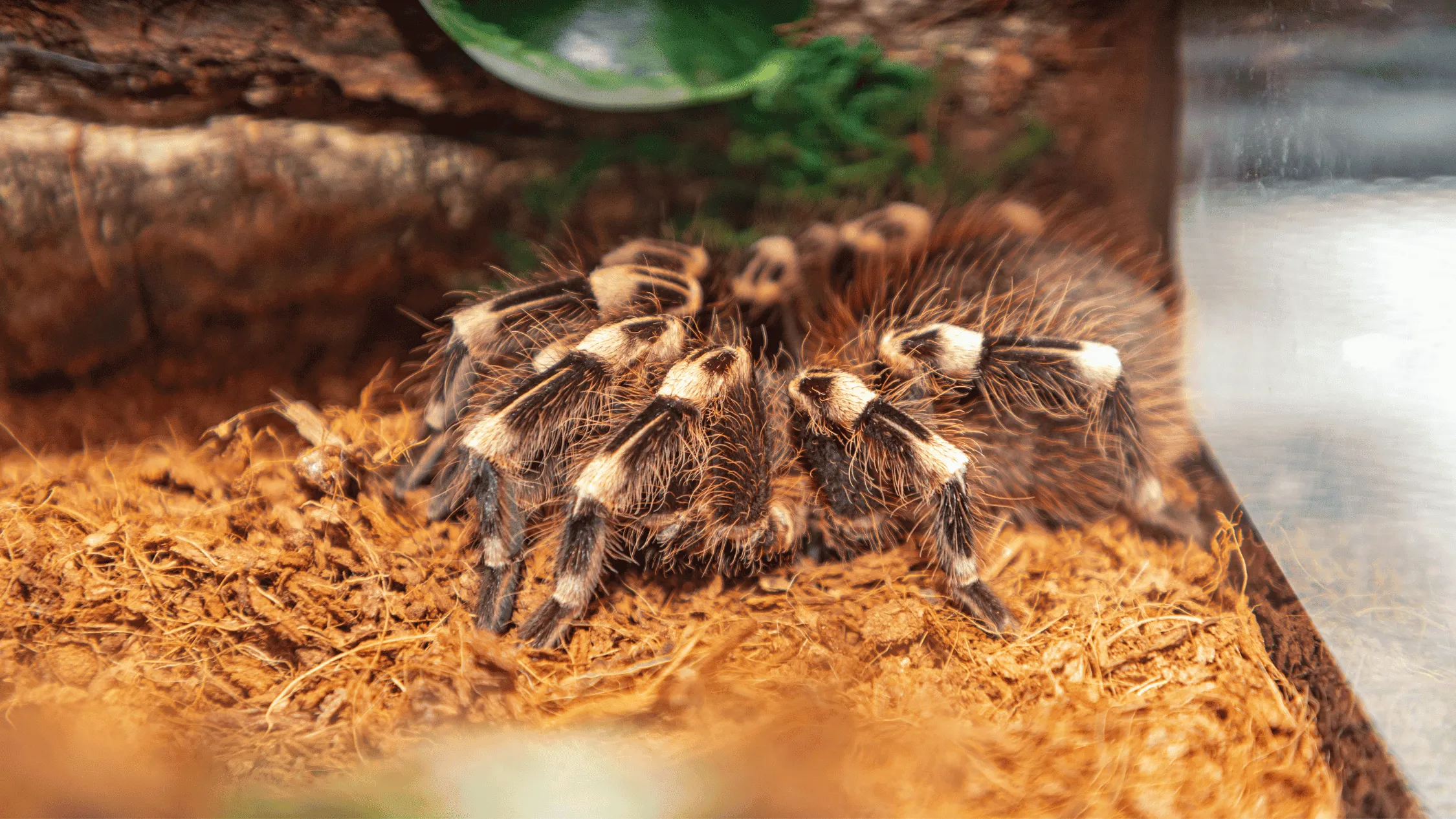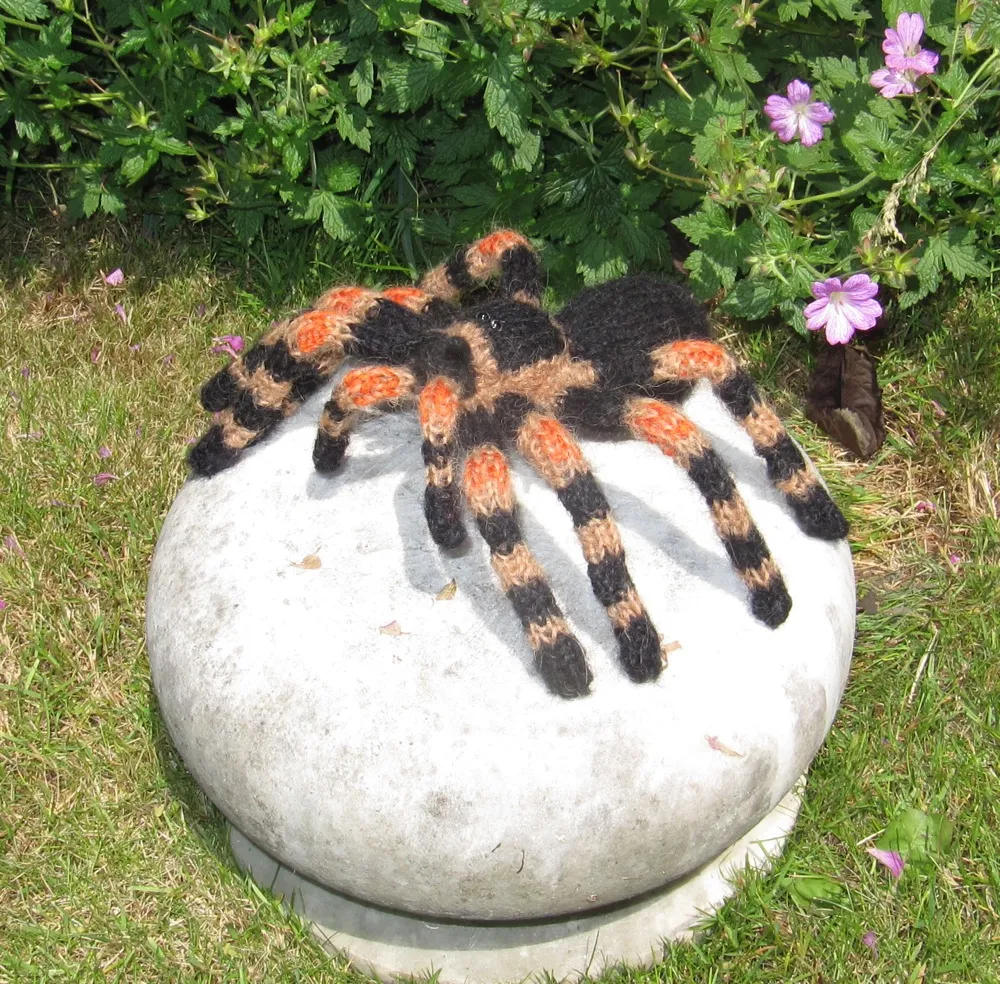Choosing Your Pet Tarantula
Embarking on the journey of owning a pet tarantula is an exciting experience, but it requires careful consideration. The initial step towards responsible tarantula ownership begins with making informed decisions. Before you bring a tarantula into your home, it’s crucial to understand the commitment required and the specific needs of these fascinating creatures. This foundational step involves selecting the right species, understanding their unique requirements, and preparing a suitable environment where they can thrive. A well-researched approach ensures a healthier, happier life for your pet tarantula and a more rewarding experience for you.
Consider Species and Temperament
Not all tarantulas are created equal; their temperaments and care requirements vary significantly. Some species are docile and easy to handle, while others are more defensive or require more specialized care. Therefore, researching different species is crucial to finding one that aligns with your experience level and lifestyle. This research allows you to match the species’ needs with your ability to provide them, ensuring both your safety and the well-being of the tarantula.
Research the Right Species

Dive deep into species-specific information. Look into the different types of tarantulas that are available, and learn about the common traits within each species. Consider factors such as their size, lifespan, and venom potency. Learn about the common types of tarantulas, such as the Chilean Rose Hair, known for their docile nature, or the more defensive species like the Greenbottle Blue. Researching the origin of the tarantula will help you with the correct humidity and temperature for your new pet.
Understanding Tarantula Temperament
Temperament greatly influences your interaction with your pet tarantula. Some species are known for being calmer and more tolerant of handling, while others may be more prone to defensive behaviors like flicking urticating hairs or biting. Understanding these behavioral differences is essential for safely handling and caring for your tarantula, thereby minimizing the risk of bites or other defensive actions. Consider your comfort level when choosing the type of tarantula.
Creating the Ideal Habitat
Creating the right habitat for your pet tarantula is pivotal for its health and well-being. The enclosure you choose should provide a secure, comfortable, and stimulating environment that mimics the tarantula’s natural habitat. The environment must be designed to meet the tarantula’s specific needs regarding space, substrate, humidity, and temperature. An inadequate habitat can lead to stress, poor health, and behavioral issues. Thoughtful planning and setup are the keys to a happy and healthy tarantula.
Choosing the Right Enclosure

The enclosure you choose should be properly sized to accommodate your tarantula’s size and growth stage. A well-ventilated enclosure is essential for maintaining the correct humidity levels and preventing the growth of mold and bacteria. Consider the type of tarantula you have. Terrestrial species require a wider enclosure, while arboreal tarantulas need a taller one. The enclosure needs to have a secure lid to prevent escapes, which is vital for your safety and the tarantula’s well-being.
Substrate Selection
Substrate plays a vital role in the habitat, providing a surface for your tarantula to move around on and burrow in. It also helps regulate humidity and can contribute to the overall aesthetic appeal of the enclosure. The best substrates are those that can retain moisture without becoming moldy. Some options include peat moss, coconut fiber, and a mixture of these materials. The depth of the substrate depends on the tarantula species, with burrowing species requiring a deeper layer.
Temperature and Humidity Control
Maintaining the correct temperature and humidity levels is crucial for your tarantula’s health and molting process. Use a thermometer and hygrometer to monitor conditions inside the enclosure. The ideal temperature typically ranges from 75-85°F (24-29°C), although this varies slightly depending on the species. Humidity levels also vary by species. Misting the enclosure or providing a water dish can help maintain the correct humidity, especially for tropical species.
Providing Food and Water

Feeding your tarantula and providing it with fresh water are essential aspects of its care. Tarantulas are predators, and their diet typically consists of live insects. The type and size of insects you feed your tarantula depend on its size and species. Always ensure that the insects you feed your tarantula are free from pesticides and other harmful substances. Fresh, clean water must always be available in a shallow dish to keep your tarantula hydrated.
Feeding Frequency and Type
Feeding frequency varies depending on the tarantula’s age, size, and metabolism. Young tarantulas may need to be fed more frequently, while adults can go longer between meals. Good options include crickets, mealworms, and dubia roaches. Avoid feeding your tarantula insects that are too large, as this can stress it. Always remove any uneaten food within 24 hours to prevent the growth of mold and bacteria.
Watering Your Tarantula
Providing fresh water is essential for your tarantula’s hydration. A shallow water dish is a great way to provide constant water, especially for smaller tarantulas. Make sure the water dish is shallow enough to prevent the tarantula from drowning. Regularly clean the water dish to prevent bacterial growth and ensure your tarantula always has access to clean water. Some species also benefit from misting the enclosure, which helps maintain the correct humidity levels.
Maintaining a Clean Environment

Maintaining a clean environment is critical to your tarantula’s health and longevity. This includes a regular cleaning schedule, waste removal, and substrate changes. A clean habitat reduces the risk of bacterial and fungal infections, which can be harmful to your tarantula. Regular maintenance of the enclosure not only promotes a healthy environment for the tarantula but also reduces unpleasant odors and enhances the overall aesthetic appeal of the habitat.
Regular Cleaning Schedule
Establish a consistent cleaning schedule to maintain a healthy and hygienic environment for your tarantula. Spot clean the enclosure at least once a week to remove any uneaten food or waste. A thorough cleaning should be done every few months, depending on the tarantula’s size and the substrate used. During this cleaning, remove the tarantula from the enclosure and replace the substrate.
Waste Removal and Substrate Changes
Regularly remove any waste products, such as uneaten prey and fecal matter, from the enclosure. This prevents the buildup of bacteria and helps keep the environment clean. Substrate changes are essential for maintaining a healthy environment. Over time, the substrate will break down and accumulate waste products, so it needs to be replaced. The frequency of substrate changes depends on the type of substrate and the size of the enclosure.
Handling Your Tarantula

Handling your tarantula is a matter of personal preference and should only be done when you are comfortable and confident. Some species are more tolerant of handling than others. Always prioritize the safety of both yourself and your tarantula. Before you begin, make sure you understand the risks and have taken the necessary precautions. It is also essential to respect the tarantula’s temperament. For some, handling can be a source of stress.
Safe Handling Techniques
If you choose to handle your tarantula, do so with caution and gentleness. Use a slow and deliberate approach when interacting with your tarantula. Avoid sudden movements or loud noises. Handle your tarantula over a soft surface, such as a bed or a carpet, in case it falls. Wash your hands before and after handling to prevent the spread of germs. Never handle your tarantula if you are unsure of its temperament or have any concerns about its behavior.
Recognizing Signs of Stress
Knowing the signs of stress can help you avoid causing harm to your tarantula. A stressed tarantula may exhibit certain behaviors, such as defensive postures, flicking hairs, or rapid movements. If your tarantula shows any signs of stress, it is essential to put it back in its enclosure and allow it to calm down. Avoid handling your tarantula if it is stressed. Provide a quiet environment to help reduce stress levels. If you are concerned about your tarantula’s health, seek advice from a veterinarian.
